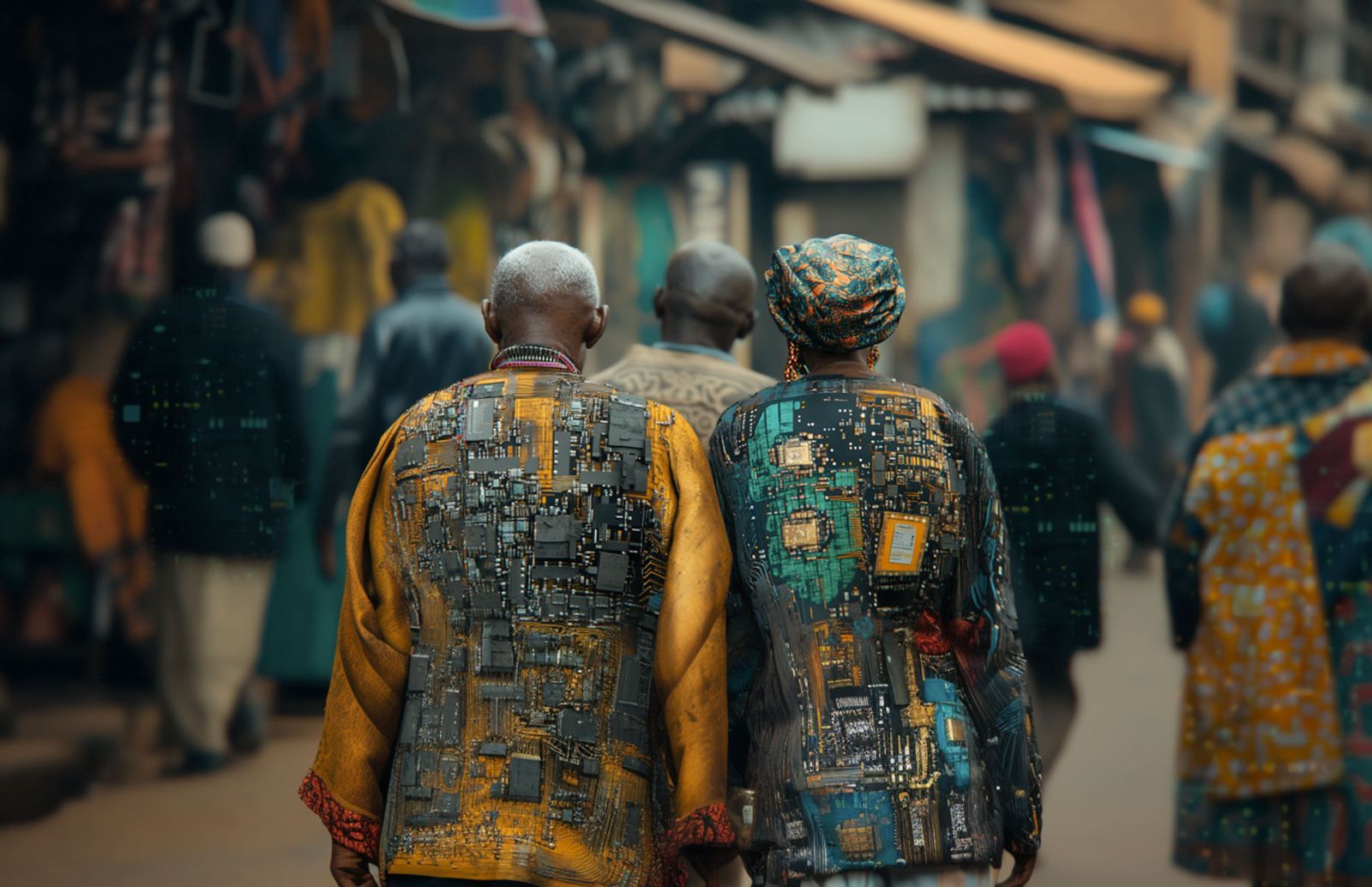Art. 13.2. "Every citizen shall have the right of equal access to the public service of his country." African Charter of Human and Peoples' Rights
It is often said that technology moves faster than the law, and digital ID is a case in point. Digital ID refers to the use of digital technologies—such as algorithms, databases, and mobile networks—to identify people. It marks a shift from oral and paper identity documentation to electronic identification and also introduces new processes. One such process is authentication, where a person not only needs to be identified using a document such as a national identity card but also has to prove that they are the person whose details are on the card. Authentication is done through codes and one-time passwords previously shared with or sent to the ID holder or the use of their biometric features, such as fingerprints, iris, or face.
Governance and technology
All these advancements in the identification of people are increasingly available on devices such as smartphones as well as websites. However, digital ID has become highly contested where governments are involved. This debate has emerged because digital identities are not an end in themselves but a means to accessing government services. Increasingly, governments—particularly on the African continent—are making digital ID a mandatory prerequisite to accessing government services.
Examples range from population-wide services, such as national health insurance and national examinations, to those offered by specialized agencies, such as driver’s licenses. Countries like Kenya and Rwanda have digital platforms through which citizens and non-citizens can access almost all government agency services. In many countries, welfare services such as elder care and healthcare for vulnerable people are also being bundled into digital ID programs, such that a person can only receive those services after they have been registered under digital ID. In addition, the person must be identified and authenticated prior to receiving the service.
These shifts have resulted in governance by technology, a governance gap that occurs when government agencies procure and use technology without following the tenets of good governance, such as participation of the people, equity, transparency, and accountability.
Governance by technology
The rise of digital ID in Africa raises new questions about citizenship and belonging. These rights are already provided for in national constitutions and the African Charter on Human and Peoples’ Rights (ACHPR), but digital ID is redefining how one functions in society. Take the example of the Huduma Namba digital ID project in Kenya. The project, which expands the existing system to include children and foreign nationals, was initiated by an amendment to the law on the registration of persons. The amendment was opposed for many reasons, among them that people who lacked nationality documents were at risk of being excluded from official records. While Kenya has a relatively high number of documented citizens, certain communities have faced historical barriers to obtaining citizenship documentation. Fears that the new system, which would move all government services online, would lock these communities out of those services were not unfounded. Instead of taking steps to address the plight of Kenyans without documentation, the government’s Huduma Namba program prioritized digitizing existing paper records.
Similar problems have arisen with Uganda’s Ndaga Muntu project, whereby groups not listed in the official schedule of Uganda’s ethnic communities were denied identity registration in violation of the cultural rights protections enshrined in the country’s constitution. People from such communities are forced to register as members of different, recognized communities in order to access services.
Moreover, digital ID raises new complexities. In the digital age, registration is not enough. One needs to be digitally identifiable and authenticated in order to access services. In Uganda, some people who registered for digital ID using their national ID cards had their details wrongly captured, and the system could, therefore, not grant them access to services. For example, some older people’s birth dates were incorrectly captured, falsely indicating that they were younger and thus ineligible for old-age support. In those cases, the burden of correcting the inaccurate data fell on the citizens, doubly burdening a group that was already vulnerable and in need of support.
In other instances, errors within the digital ID system have led to the mass denial of services. In Kenya, over 40,000 locals who had, as children, received food and medical aid at refugee camps were flagged as refugees. They were subsequently denied registration as Kenyan citizens when they turned 18. More recently, in South Africa, over 700,000 ID cards and books were blocked on suspicion that the identities had been fraudulently acquired. In both these examples, the affected individuals had no idea that their citizenship was in question until they were unable to access government services.
The pathway to a fairer system
In a more transparent system, people would be informed about the data that the government has about them and given an opportunity to correct inaccurate data. Equity demands that, in the case of vulnerable people, government agencies would come to them rather than place an additional burden, providing alternative means for such people to access services.
Were the rule of law to be followed, no person would be denied access to services. Although many African countries do not have specific mechanisms for the governance of digital technologies, existing frameworks such as national constitutions protect the right of every person to be recognized, and Article 13 of the ACHPR protects the right of citizens to equal access to public services.
Digital ID is contested, and many of the cases mentioned came into the limelight through advocacy and litigation. Despite these contestations, African governments plan to continue moving forward with digital ID and become digital states. As more governments digitize their services, the task of judiciaries, policymakers, and the public will be to translate these rights and push good governance onto the technologies of the digital state.
This blog is part of OGR's ongoing Technology & Human Rights series.

